Crown molding serves as an elegant architectural detail that transforms ordinary rooms into sophisticated spaces. This classic trim connects walls to ceilings while adding depth, character, and visual interest to any interior. Whether you prefer traditional carved profiles or sleek modern designs, crown molding offers endless possibilities to enhance your home's aesthetic appeal and create stunning visual impact throughout different spaces.
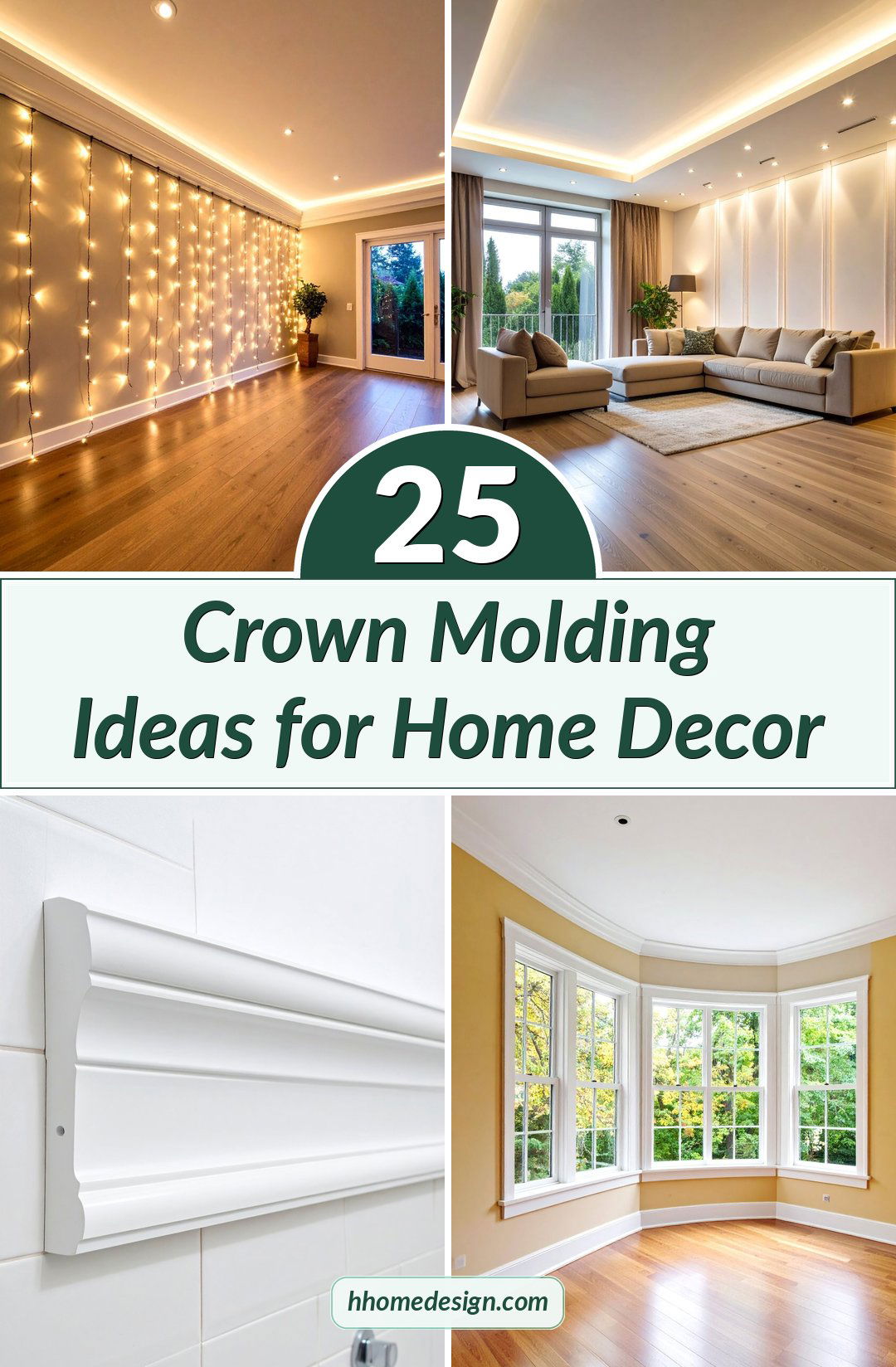
1. Traditional Colonial Crown Molding with Dentil Details

Colonial crown molding features clean lines and simple profiles that reflect early American craftsmanship, often incorporating dentil molding with small, tooth-like blocks arranged in a row. This classic design works beautifully in traditional dining rooms where white-painted crown molding creates crisp contrast against warm wall colors. The symmetrical dentil pattern adds sophisticated detail without overwhelming the space, while the substantial profile provides proper scale for rooms with nine-foot ceilings. Complete the look with matching baseboards and door casings for cohesive architectural continuity throughout your home.
2. Modern Minimalist Crown Molding in Contemporary Spaces
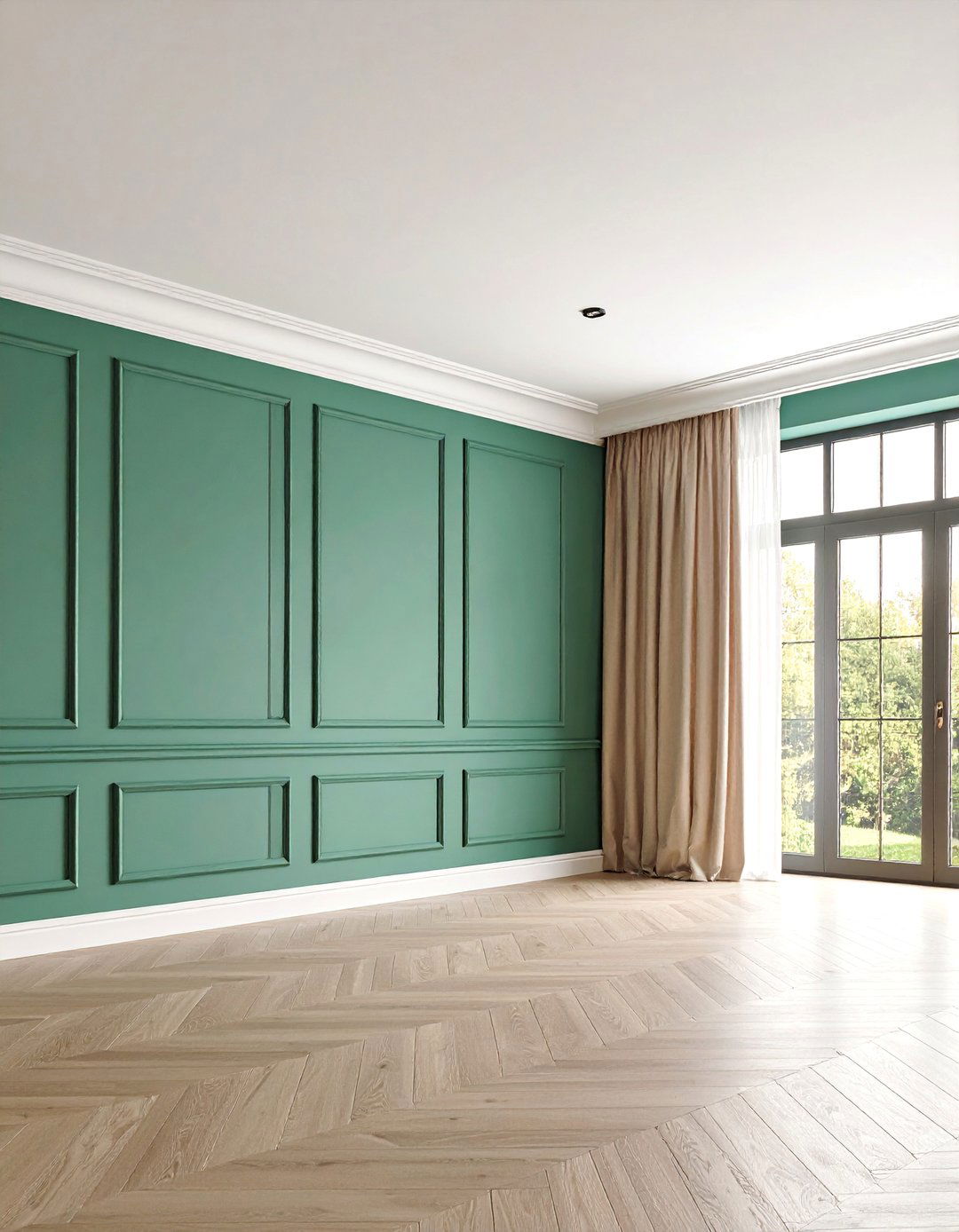
Modern crown molding features clean lines and minimal ornamentation, creating sleek profiles that complement contemporary interiors without overwhelming the space. Thin flat bands measuring two to three inches wide provide subtle ceiling transitions in open-concept living areas. Choose shadow-gap moldings that create interesting negative space between wall and ceiling, allowing light to play across surfaces for dramatic effect. Paint the molding to match wall colors for seamless integration, or select crisp white finishes that highlight architectural precision in minimalist spaces.
3. Craftsman Style Crown Molding with Natural Wood Finishes

Craftsman crown molding features minimalist, geometric designs with flat angled profiles that create strong lines and shadows, emphasizing clean lines and simplicity. Four to six-inch wide profiles showcase natural wood grain through rich stain finishes rather than paint, honoring the Arts and Crafts tradition of celebrating natural materials. Install substantial yet straightforward profiles in bungalow-style homes where the emphasis remains on handcrafted details and honest construction. The geometric simplicity allows other architectural elements like built-in cabinetry and exposed beams to shine prominently.
4. Victorian Crown Molding with Ornate Carved Details
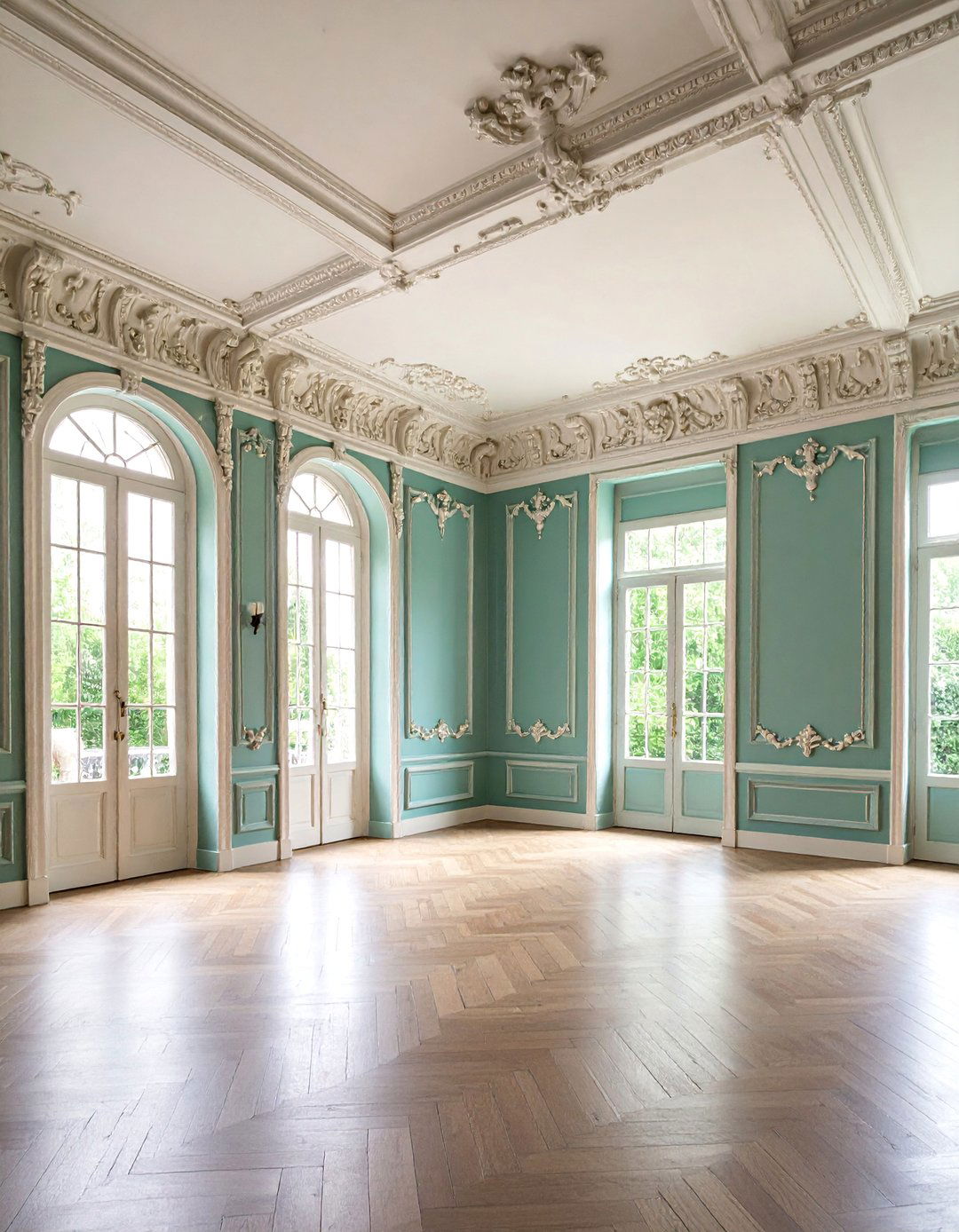
Victorian crown molding showcases elaborate details and decorative flourishes characteristic of the 19th-century aesthetic. Multiple layered profiles create complex shadow patterns through intricate curves, scrollwork, and floral motifs that complement high ceilings in period homes. Rich mahogany or oak materials enhance the luxurious appearance when finished with traditional stains, while gilded accents add opulent touches to formal parlors. The ornate styling requires skilled installation and pairs beautifully with elaborate wallpapers, heavy draperies, and antique furnishings throughout Victorian-era residences.
5. Kitchen Cabinet Crown Molding Integration
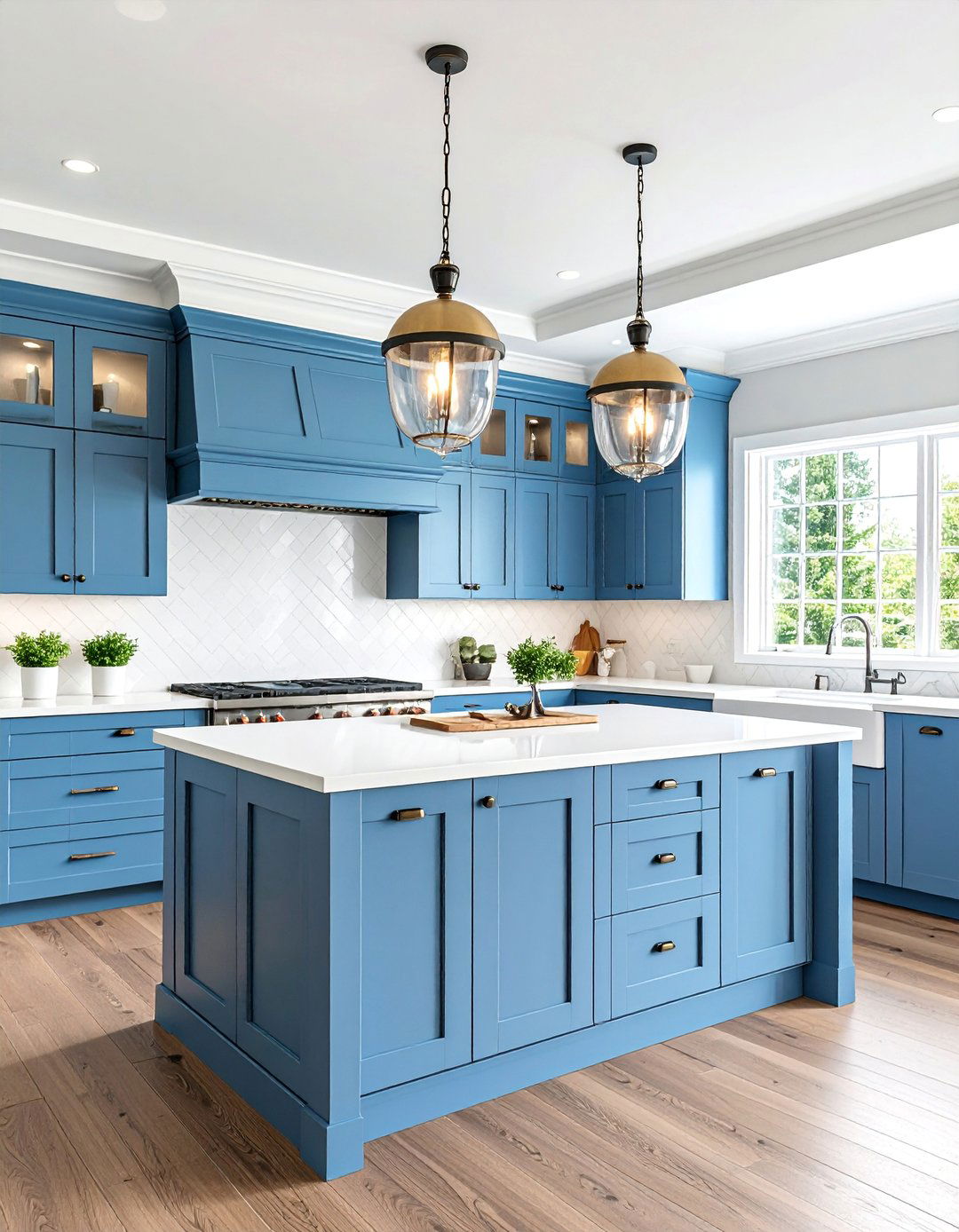
Crown molding on kitchen cabinets creates a finished look by eliminating gaps between cabinet tops and ceilings while providing elegant transitions. Install mounting strips along cabinet edges to create proper nailing surfaces for secure attachment. Choose profiles that complement your cabinet style, whether traditional raised-panel doors call for classic ogee shapes or contemporary flat-panel cabinets pair better with simple cove moldings. Paint or stain the crown to match existing cabinetry for seamless integration that makes custom millwork appear throughout your kitchen space.
6. Bathroom Crown Molding with Moisture-Resistant Materials
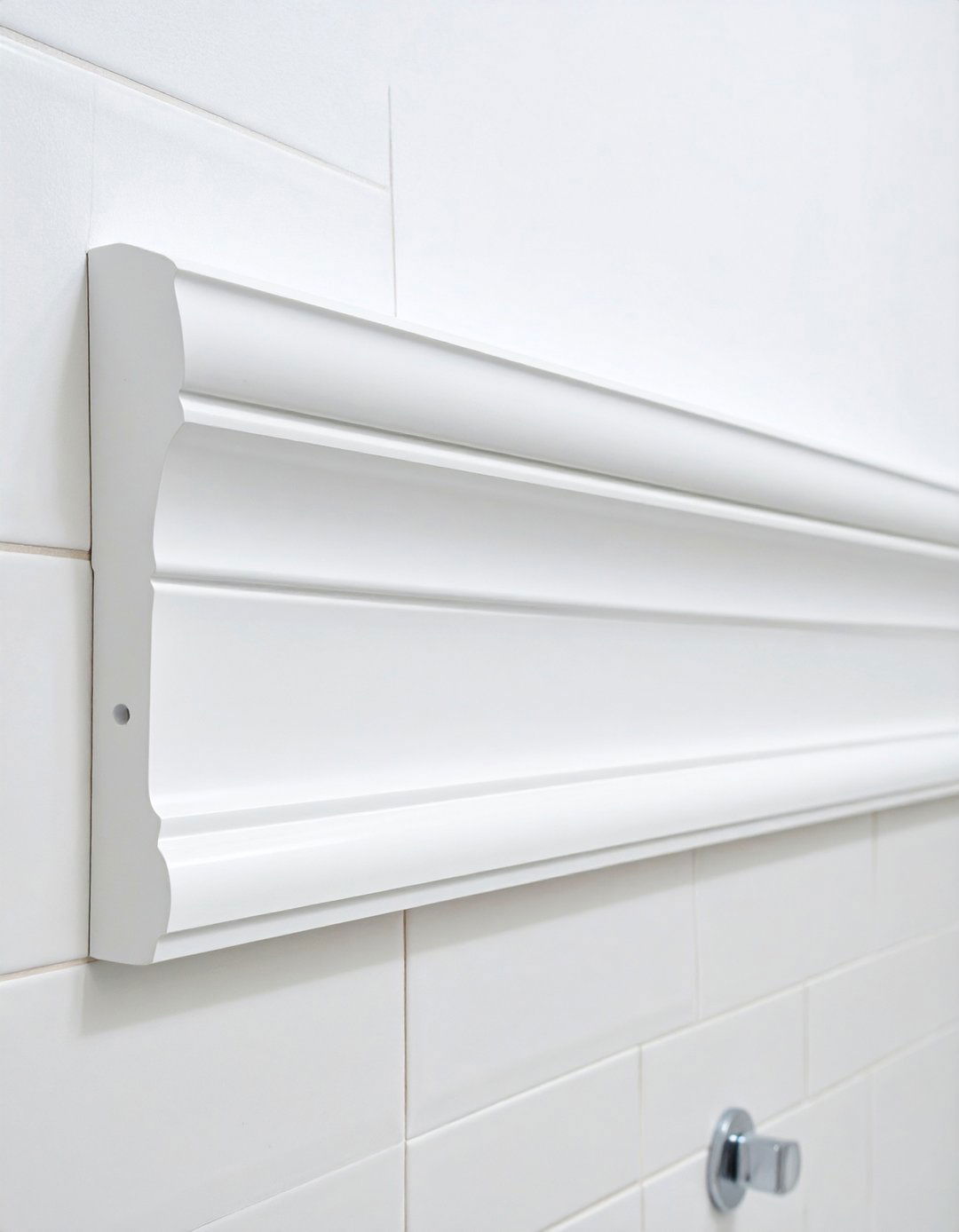
PVC crown molding is ideal for bathrooms and high-humidity areas because it won't damage, rot, or warp when exposed to moisture. Simple cove profiles work well in smaller bathroom spaces without overwhelming limited square footage, while maintaining elegant ceiling transitions. Choose white PVC molding that complements classic subway tiles and painted cabinets for timeless appeal. The lightweight material installs easily with construction adhesive and resists mold, mildew, and moisture damage that would affect traditional wood materials in steamy bathroom environments.
7. Double-Layer Crown Molding for Grand Spaces
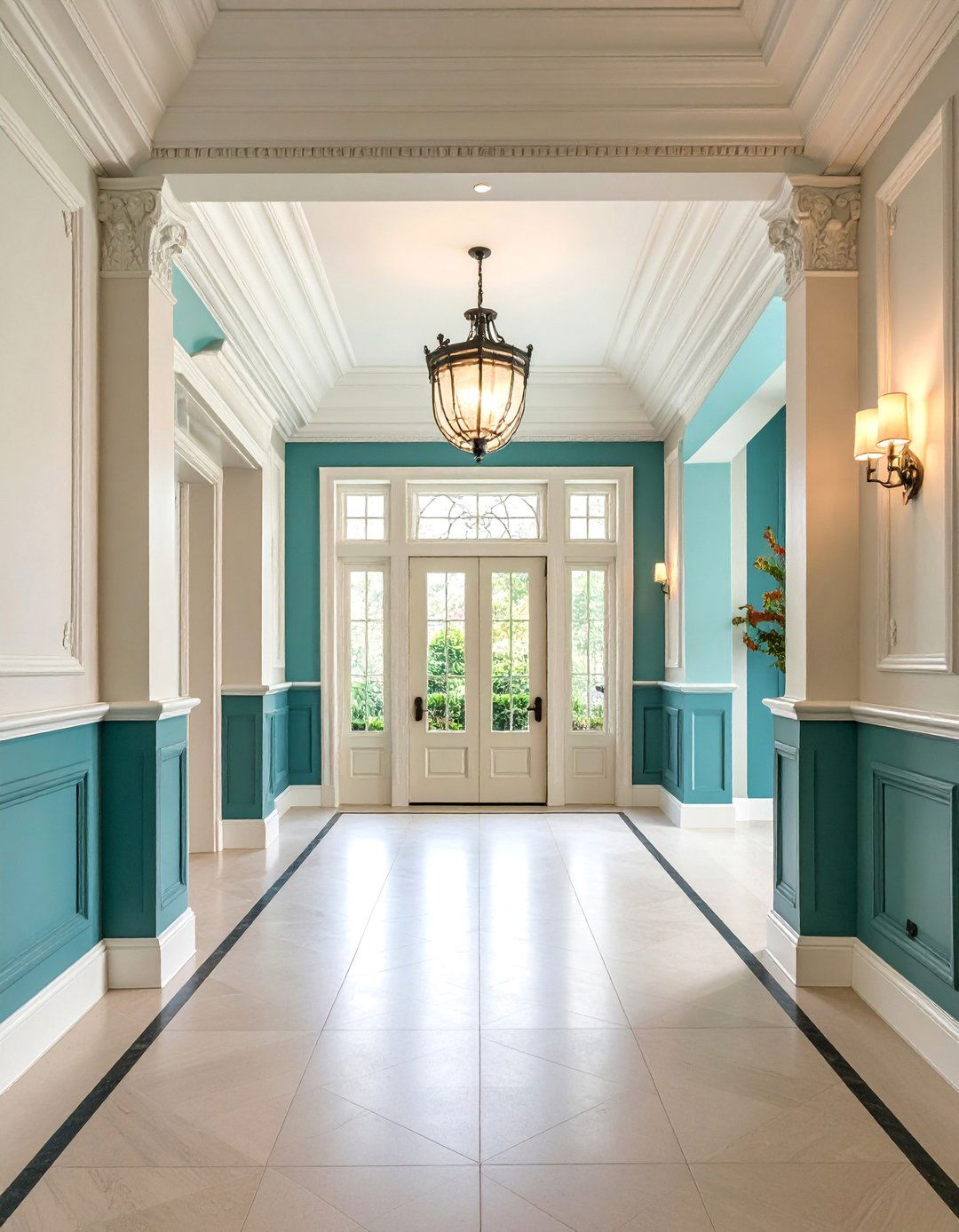
Double-layer crown molding creates dramatic impact through multiple thicknesses and styles layered together for custom built-up designs. Install larger primary crown molding with smaller accent strips above or below to achieve substantial visual weight appropriate for two-story entryways and formal dining rooms. Contrasting colors between layers add visual interest, such as vibrant accent colors sandwiched between neutral tones. This technique allows customization of proportions to match specific room dimensions while creating luxurious architectural details.
8. Coffered Ceiling Crown Molding Integration
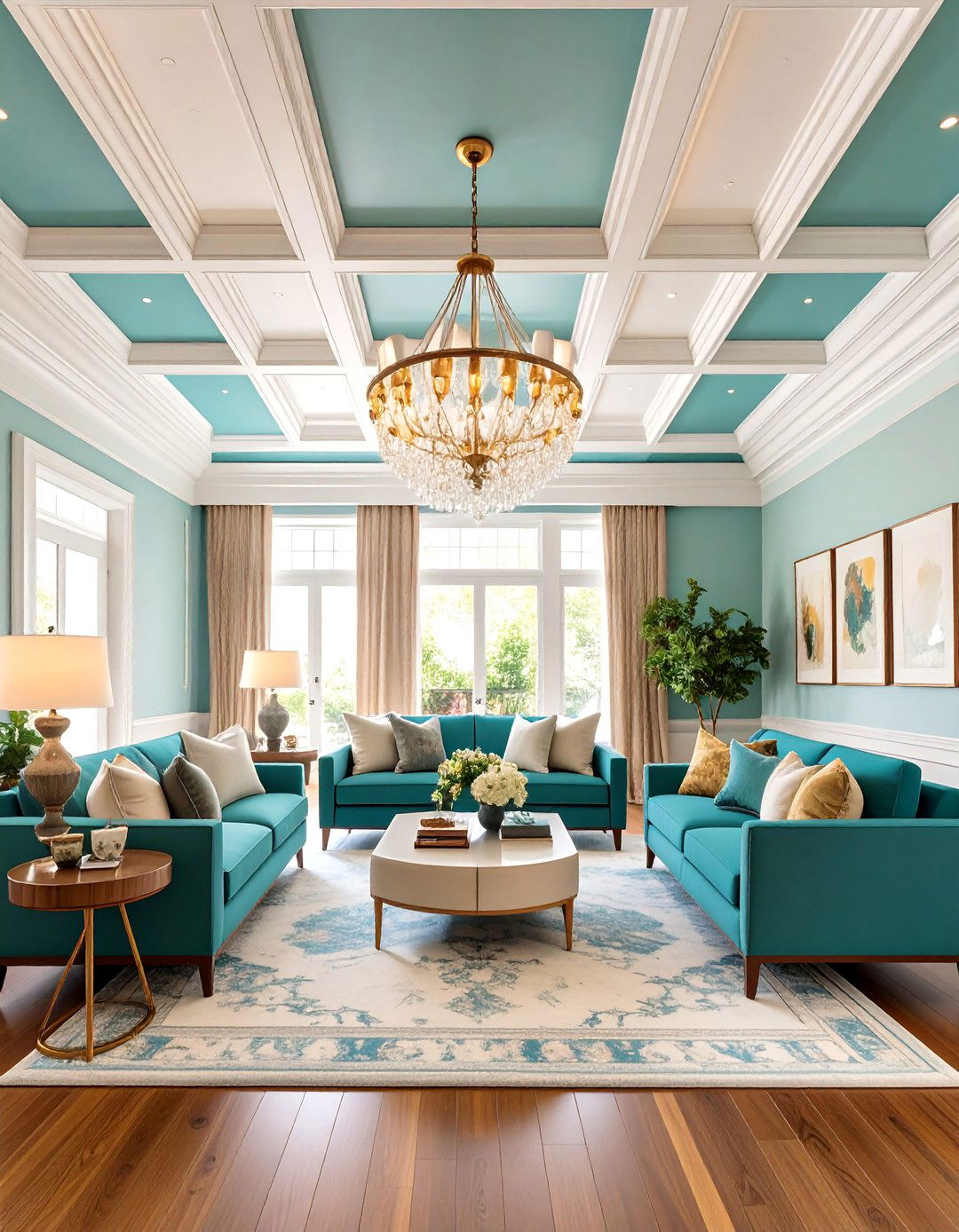
Crown molding in coffered ceilings creates sophisticated finishing touches that define individual ceiling panels while maintaining elegant transitions. Install molding around each recessed panel to highlight the geometric pattern and add dimensional depth to the ceiling treatment. Choose profiles that complement the overall architectural style, whether traditional beaded details for classic spaces or clean contemporary lines for modern interiors. Paint molding and ceiling panels in coordinating colors to create cohesive design schemes that emphasize the coffered pattern throughout formal living spaces.
9. Step Crown Molding for Layered Visual Interest

Step crown molding creates layered looks through multiple levels that add depth and interest without overpowering contemporary designs. Multiple narrow bands installed at different heights create graduated transitions from wall to ceiling, offering modern alternatives to traditional single-piece profiles. This technique works particularly well in spaces with tall ceilings where single moldings might appear insufficient. Paint each step in subtle color variations or maintain monochromatic schemes for sophisticated understated elegance that complements minimalist furnishings.
10. Crown Molding Around Exposed Ceiling Beams
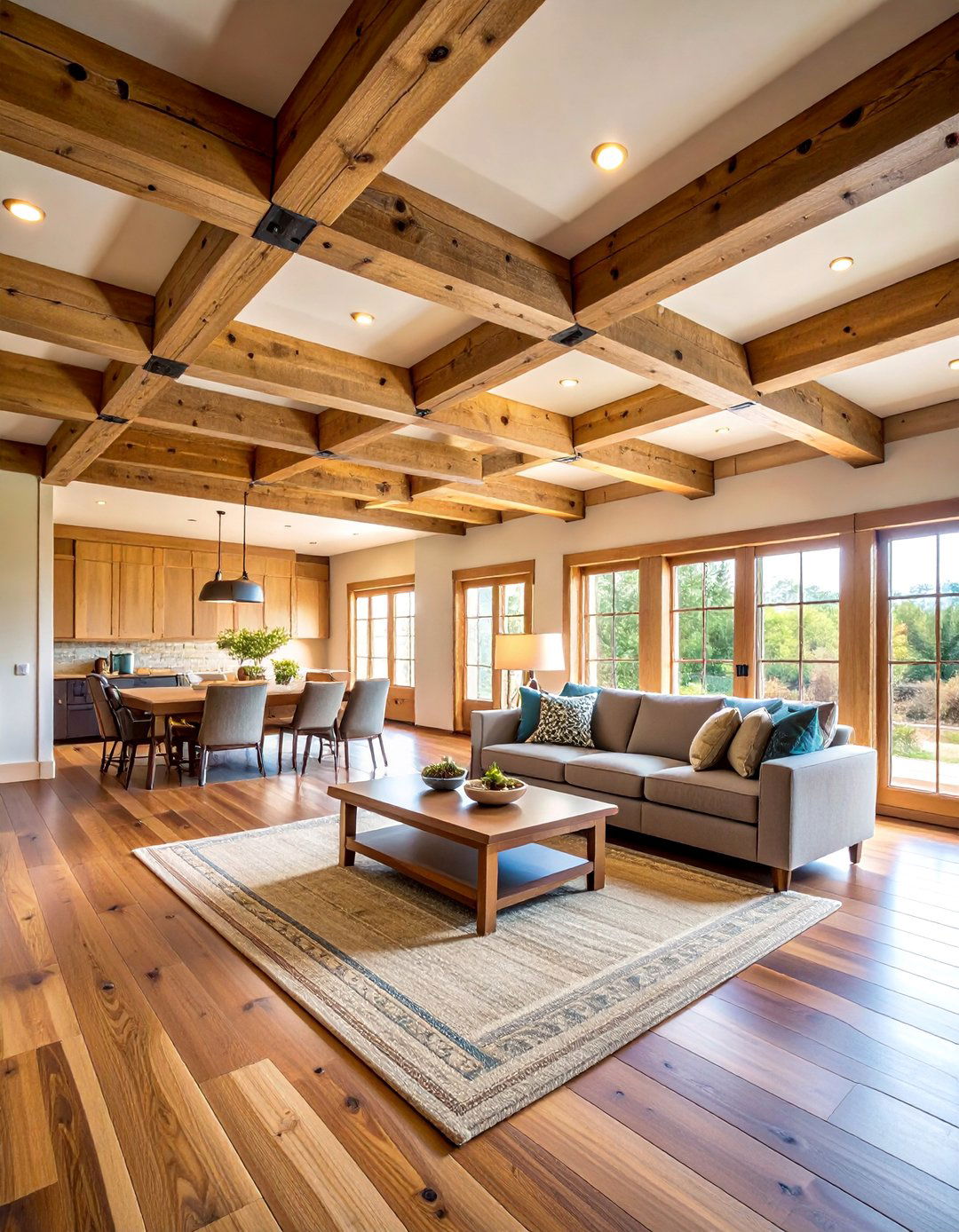
Crown molding creates intentional endpoints for exposed ceiling beams rather than having them run directly into adjacent walls. Install molding to frame beam terminations, creating the illusion of built-in boxes that appear intentionally designed rather than structural afterthoughts. Choose molding profiles that complement the beam dimensions and wood species for cohesive material coordination. This technique works especially well in rustic or transitional spaces where exposed structural elements blend with refined finishing details.
11. Picture Frame Crown Molding for Wall Panels
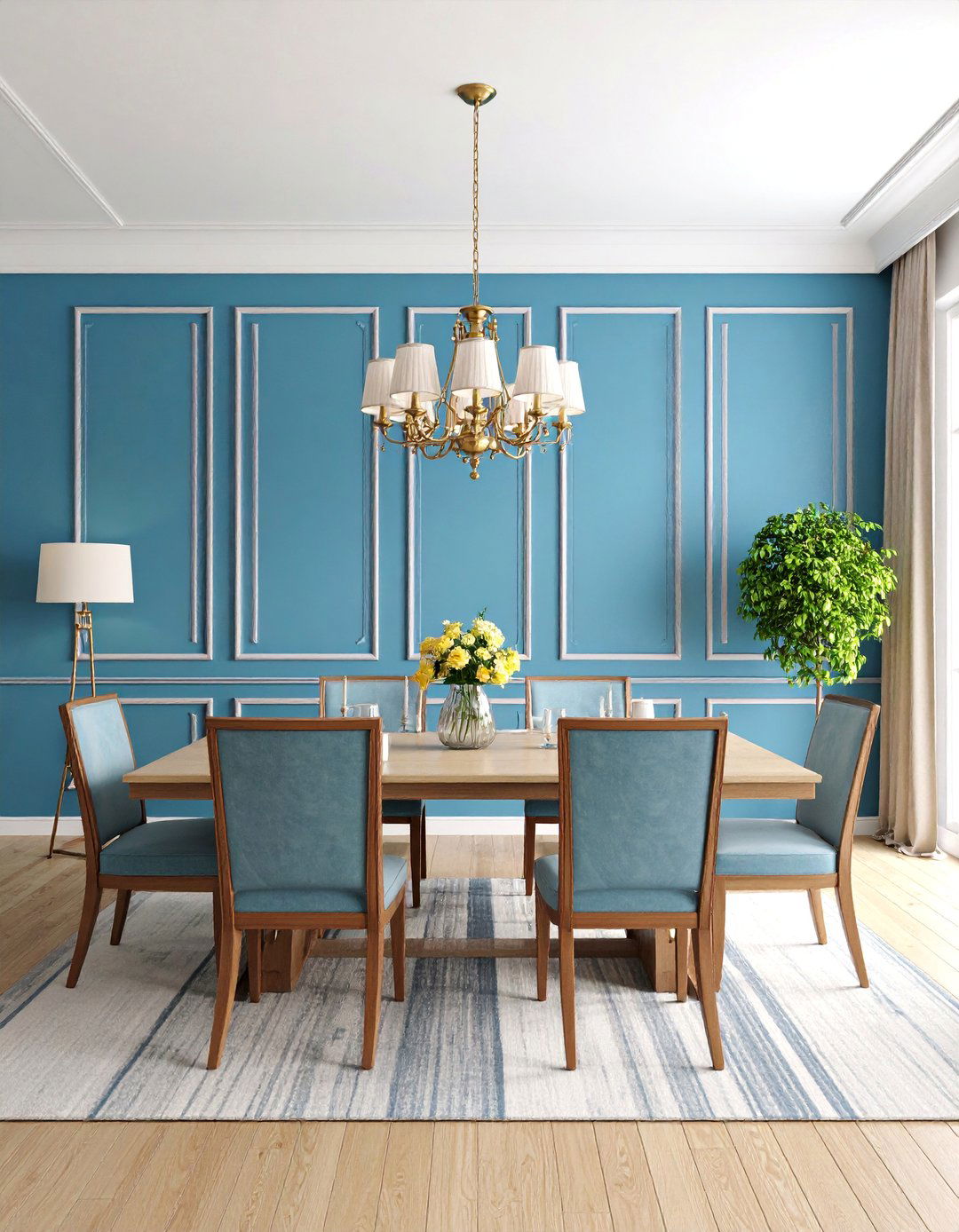
Crown molding creates custom wall panel frames that add dimension to plain walls through picture framing techniques. Install rectangular or square frames on accent walls using crown molding profiles to create raised panel effects without expensive millwork. Paint molding and wall surfaces in contrasting colors to highlight the geometric patterns and add visual texture to otherwise flat surfaces. This application works particularly well in dining rooms, bedrooms, and formal living spaces where architectural detail enhances the overall design scheme.
12. Lighting Integration with Crown Molding

Crown molding can incorporate lighting elements to create ambient illumination and dramatic architectural effects. Install LED strip lighting behind translucent crown molding profiles to create gentle upward illumination that highlights ceiling surfaces while providing soft ambient lighting. This technique works especially well in modern spaces where hidden lighting sources maintain clean aesthetic lines. Choose warm white LED strips for cozy atmospheres or cool white options for contemporary spaces with crisp, bright illumination.
13. Plaster Crown Molding for Historic Restoration
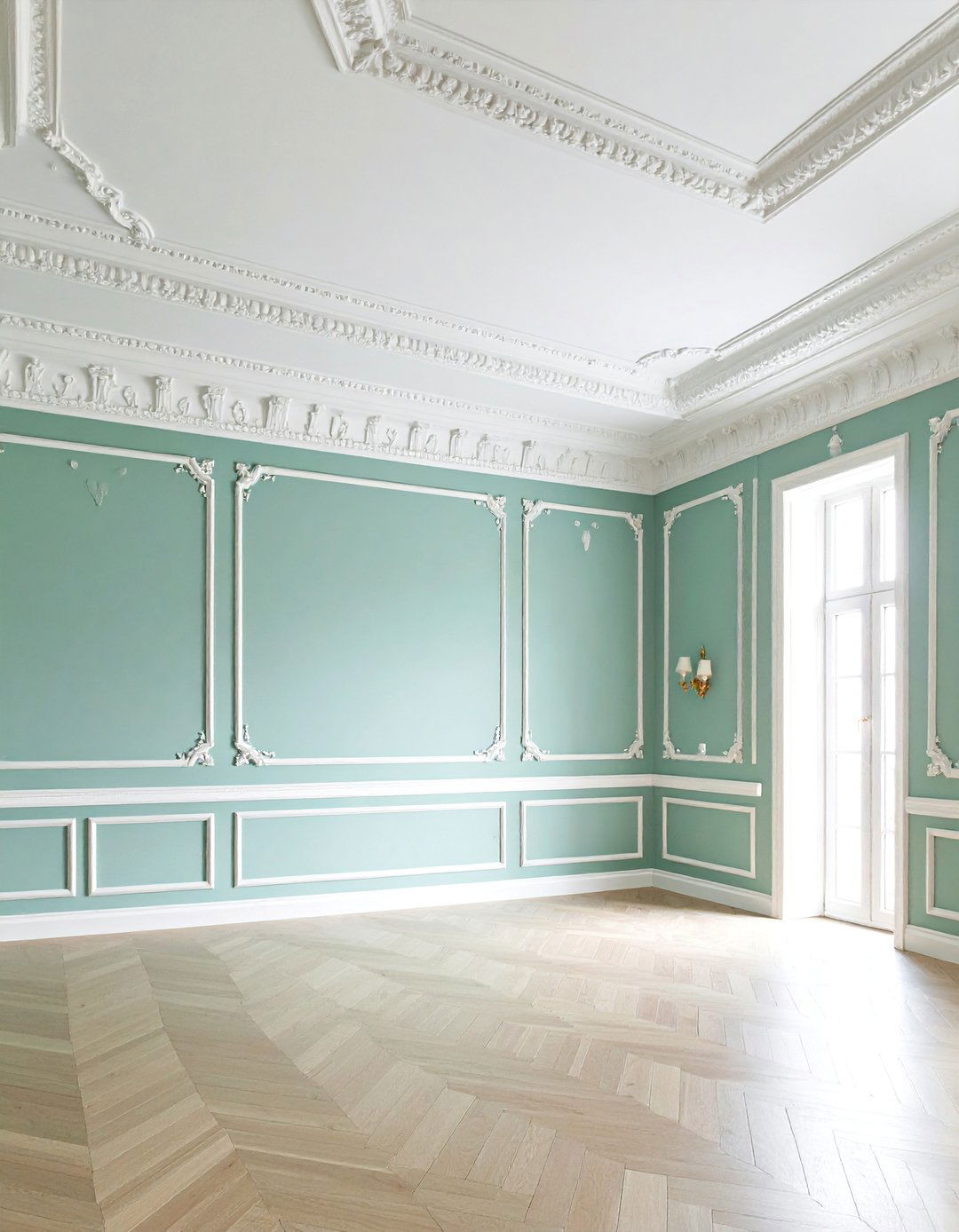
Plaster crown molding offers unparalleled detail and customization possibilities, particularly suited for historic buildings and elaborate designs on high ceilings. Custom cast plaster profiles recreate authentic period details in restoration projects where historical accuracy remains paramount. Skilled artisans can recreate intricate egg-and-dart patterns, acanthus leaf motifs, and complex geometric designs that machine-made materials cannot replicate. Although more expensive than other options, plaster molding provides authentic character and exceptional durability for landmark properties and high-end custom homes.
14. Rope Lighting Crown Molding for Accent Illumination

Crown molding with integrated rope lighting creates stunning accent illumination that highlights architectural details while providing functional ambient lighting. Install rope lighting channels within custom-built crown profiles to conceal wiring and create smooth light distribution along ceiling perimeters. This technique works particularly well in entertainment areas, home theaters, and contemporary living spaces where mood lighting enhances the atmosphere. Choose dimmable LED rope lighting for flexible control over illumination levels throughout different times of day and various activities.
15. Crown Molding Headboard Design
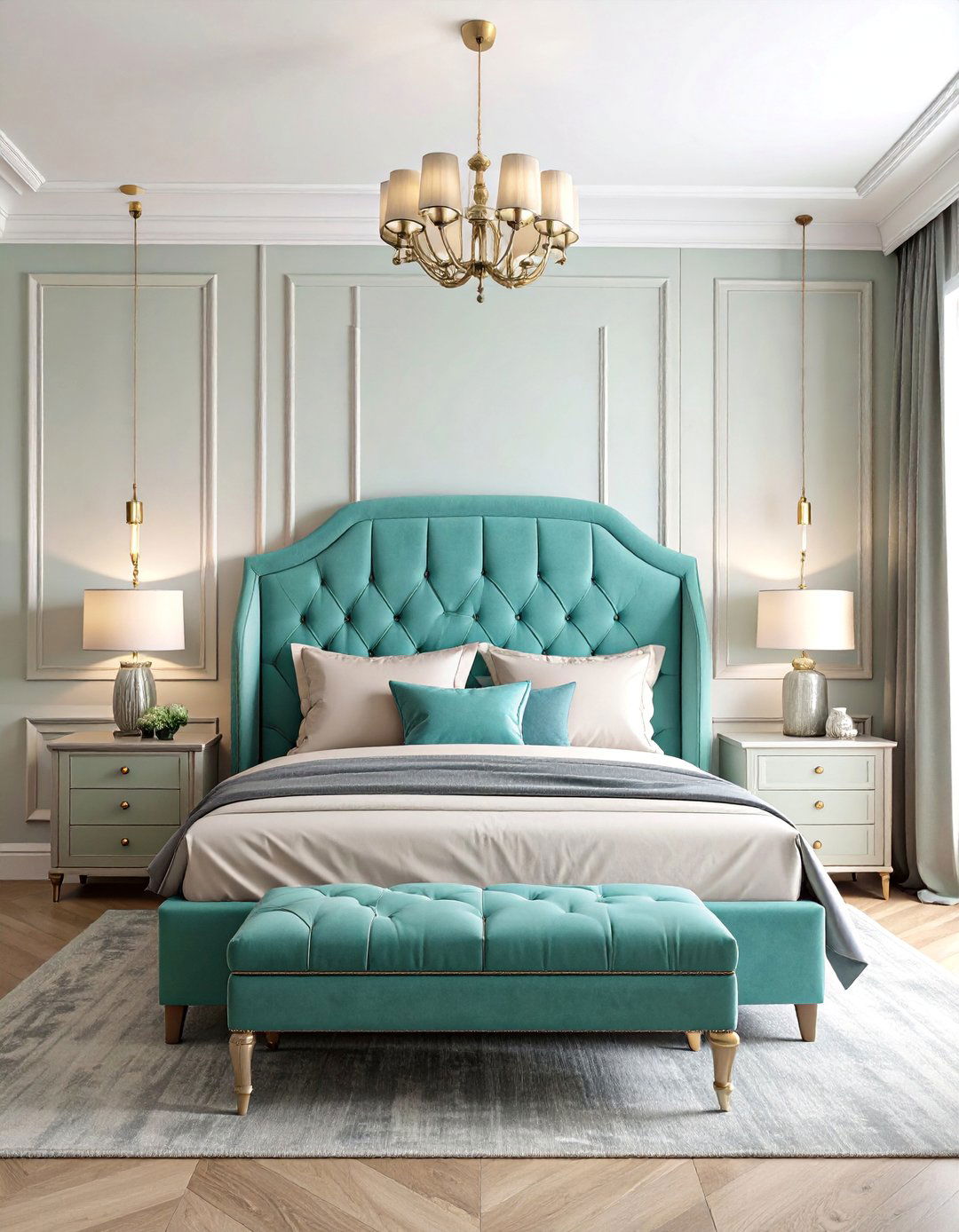
Crown molding can transform basic headboards by attaching molding profiles to create custom architectural details. Install crown molding horizontally across the top of existing headboards or create entire headboard assemblies using crown profiles attached to wall-mounted backing boards. This technique allows customization of headboard dimensions and styling to match room proportions and personal preferences. Paint or stain molding to coordinate with bedroom furniture and create cohesive design schemes that appear professionally designed rather than store-bought.
16. Flexible Crown Molding for Curved Surfaces
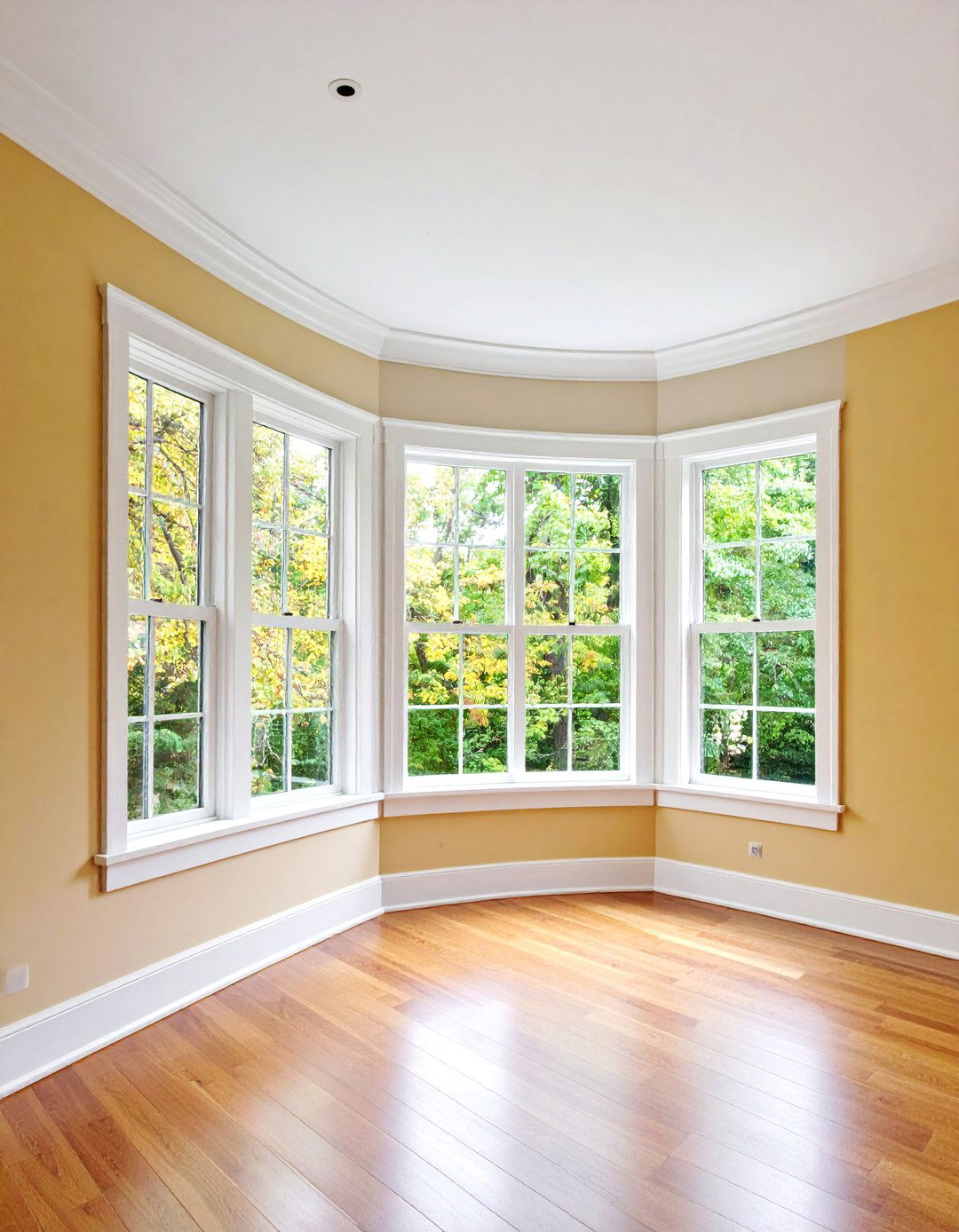
Flexible molding materials allow crown installation on curved walls and unique architectural features where rigid materials cannot conform. Rubber-based flexible molding bends around circular stairwells, bay windows, and curved wall sections while maintaining consistent profile shapes. Although requiring careful handling to prevent tears and cuts, flexible molding opens design possibilities in spaces with non-linear architecture. Apply primer and paint carefully to minimize the rubber appearance and achieve smooth, uniform finishes that blend seamlessly with surrounding architectural elements.
17. Built-In Bookshelf Crown Molding Integration

Crown molding transforms standard built-in bookcases into custom millwork by adding finishing details that coordinate with room architecture. Install crown profiles along the top edges of bookcase units to create seamless integration with surrounding wall treatments and ceiling moldings. Choose molding profiles that match other room trim elements for cohesive design continuity throughout the space. This technique particularly enhances home libraries, family rooms, and home offices where built-in storage becomes prominent architectural features rather than mere functional elements.
18. Entry Door Crown Molding Treatment

Crown molding above interior entry doors creates beautiful architectural details that enhance entrance areas with elegant finishing touches. Install molding profiles that extend beyond door casing width to create substantial visual weight appropriate for entrance importance. Choose molding heights that complement door proportions and ceiling heights for balanced architectural relationships. This treatment works particularly well in formal entryways, dining room entrances, and transitions between major living spaces where architectural emphasis enhances spatial hierarchy and design sophistication.
19. Multi-Piece Crown Molding Build-Ups
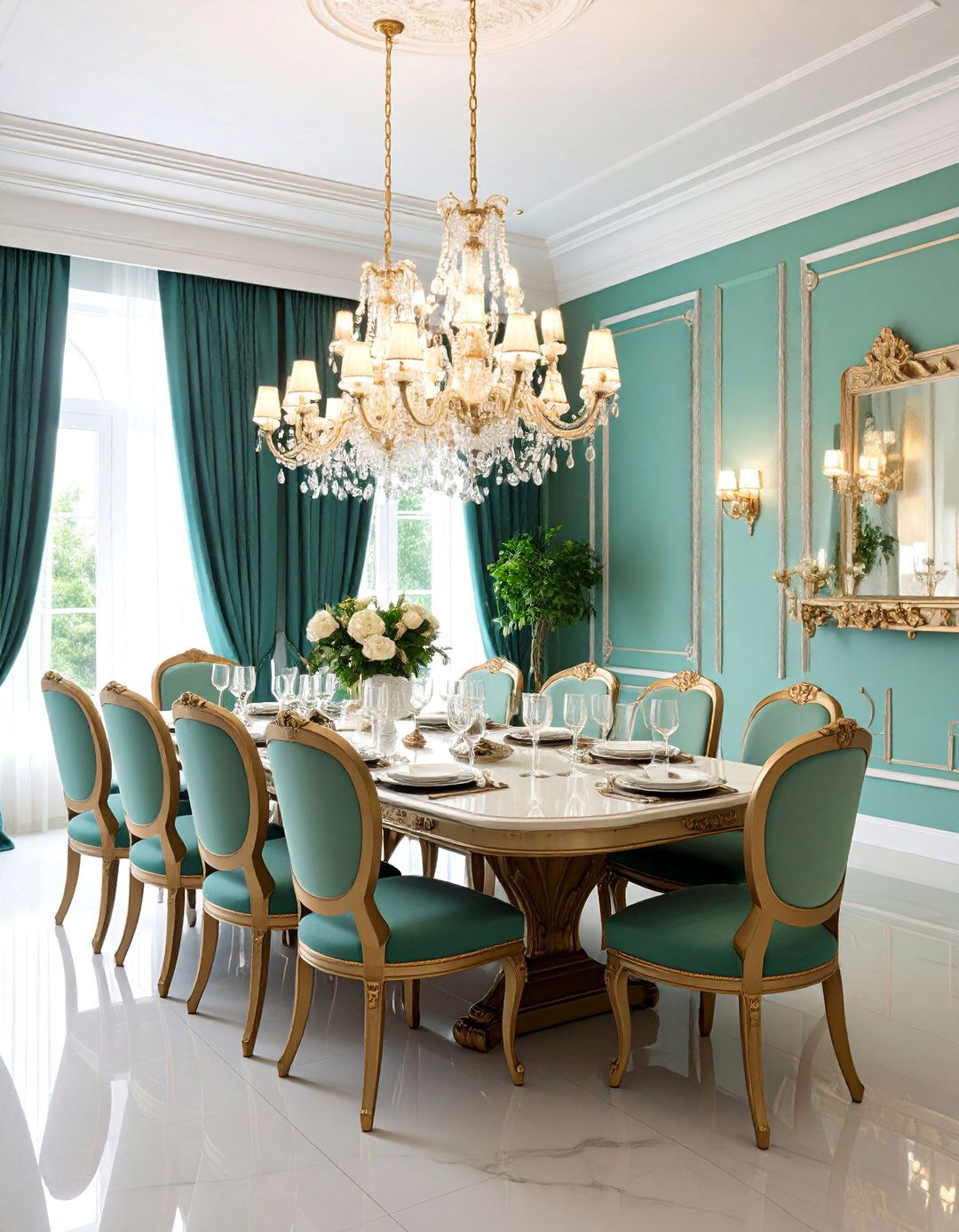
Stacked crown molding creates customized looks through multiple components combined to achieve taller profiles with complex shadow patterns. Layer primary crown profiles with accent strips, dental moldings, and decorative elements to create substantial architectural presence appropriate for grand spaces. Traditional build-ups might include egg-and-dart patterns sandwiched between top crown and bottom bead moldings for classical styling. Modern interpretations use clean geometric combinations for contemporary sophistication. This technique allows precise customization of proportions and visual weight to match specific room requirements.
20. Crown Molding with Contrasting Paint Colors
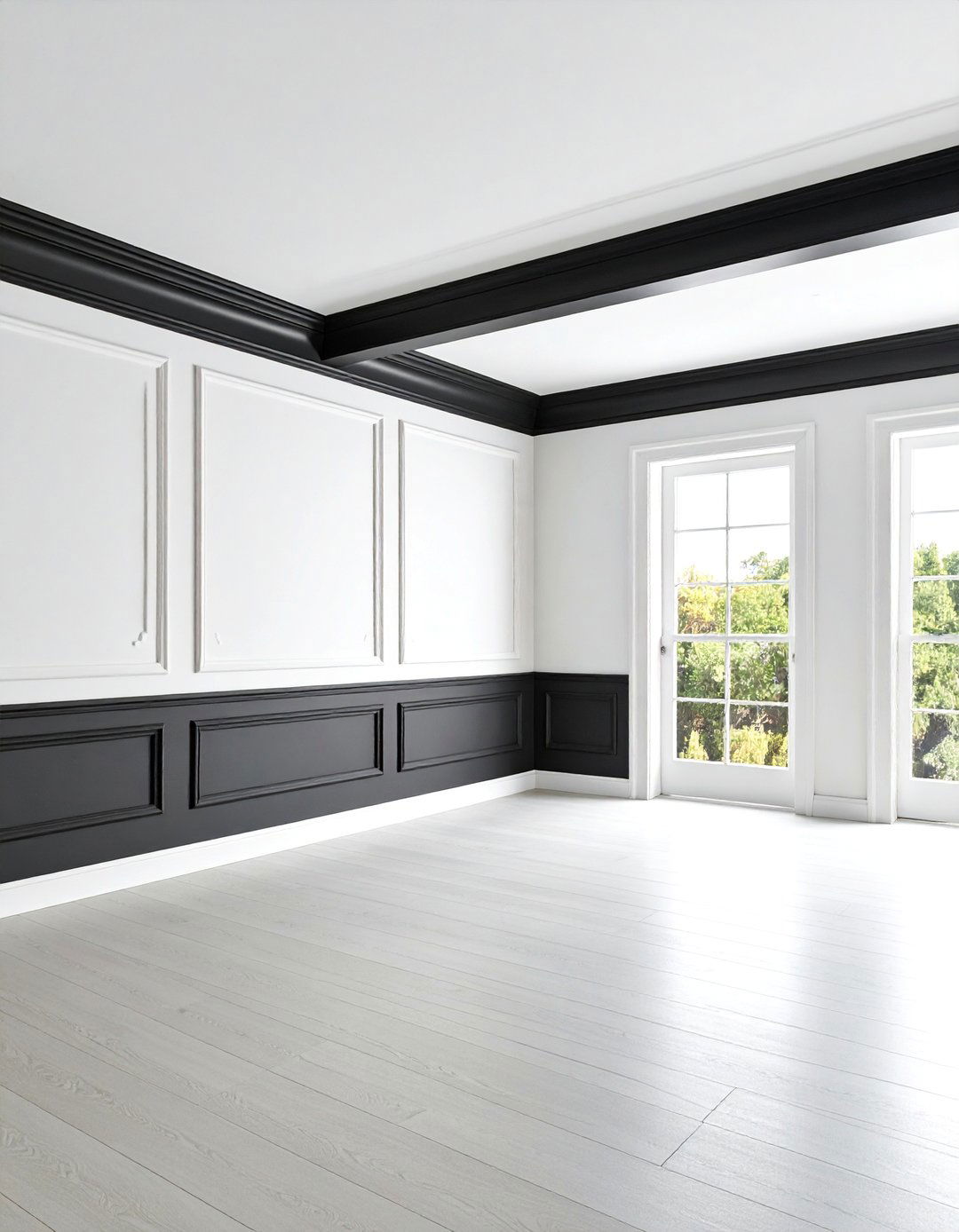
High-contrast crown molding creates striking visual impact through bold color combinations that highlight architectural details. Paint crown molding in colors that contrast dramatically with wall and ceiling treatments to create crisp definition and enhanced visual prominence. Black crown against white walls and ceilings creates sophisticated drama, while bold colors like navy or forest green add personality to neutral spaces. This technique works particularly well in contemporary and transitional interiors where color becomes an important design element rather than merely background treatment.
21. Polyurethane Crown Molding for Easy Installation
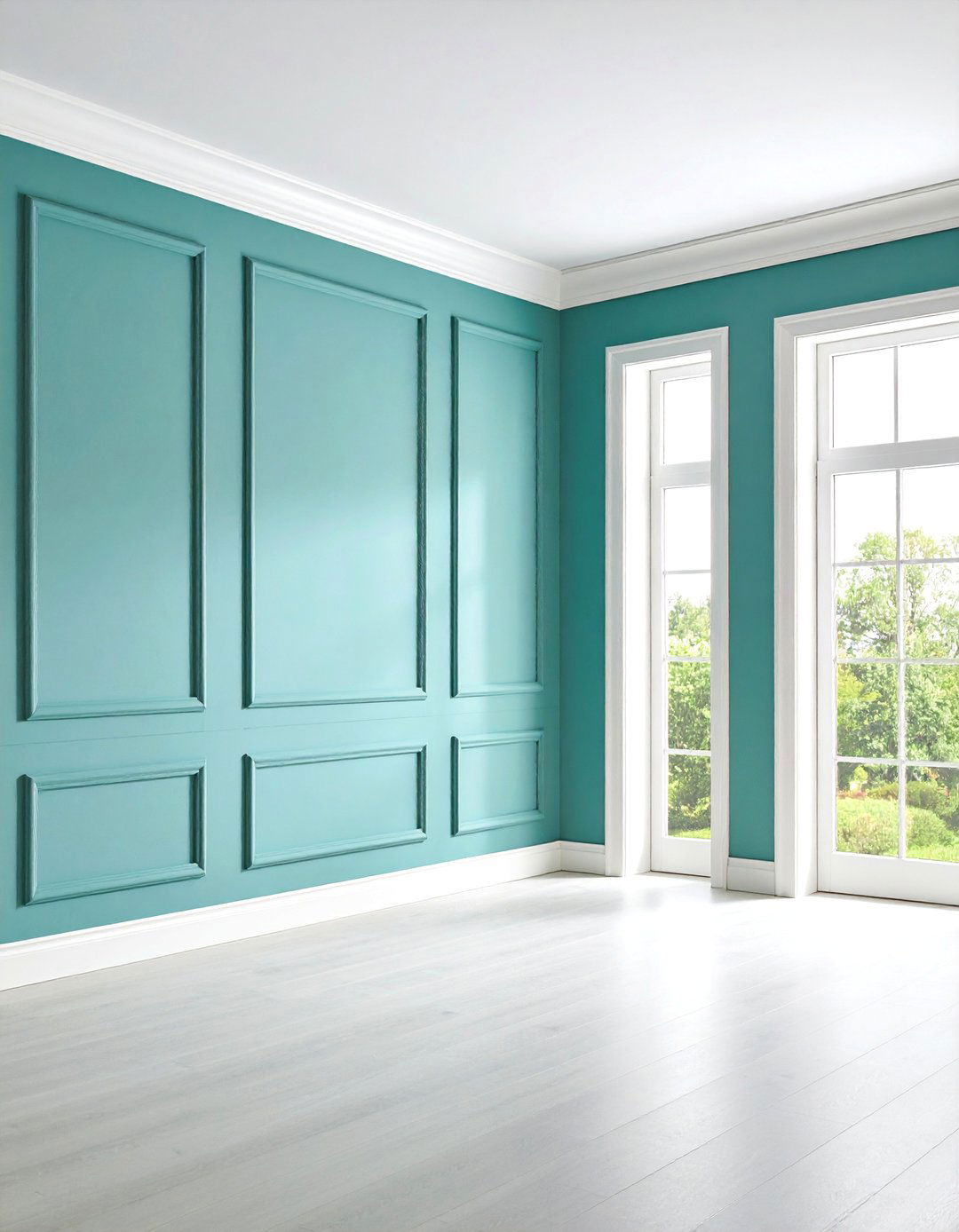
Polyurethane crown molding combines the rigidity of plastic with rubber flexibility, making it lightweight, easy to cut, and resistant to moisture, insects, and damage. Pre-primed surfaces accept paint readily and maintain consistent finishes without wood grain variations that require careful stain matching. Installation using construction adhesive makes this material particularly DIY-friendly for homeowners without advanced carpentry skills. Choose from various profile options that mimic traditional wood designs while offering superior durability and low maintenance requirements throughout high-traffic areas.
22. Crown Molding Room Transitions
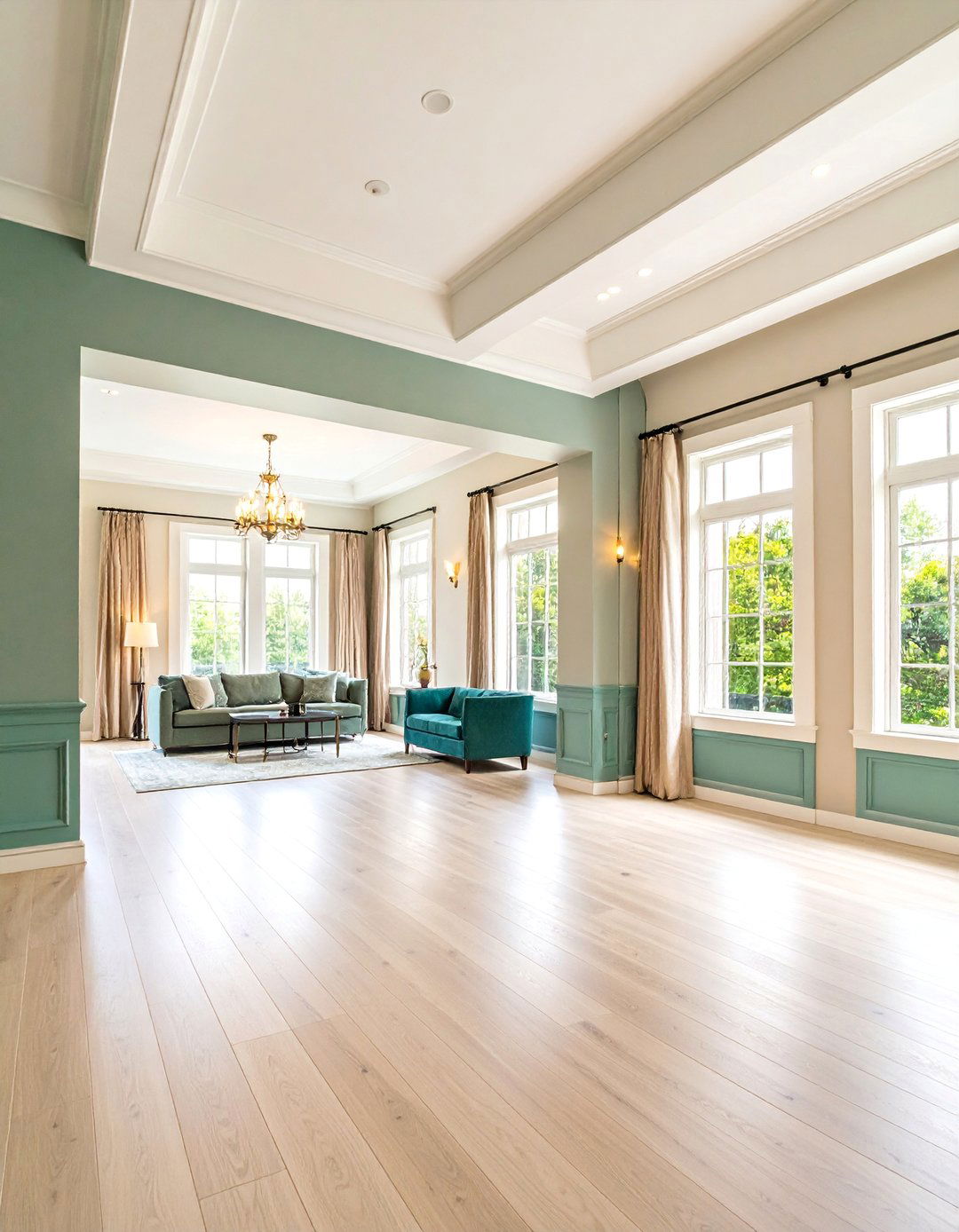
Crown molding creates smooth transitions between rooms with different ceiling heights or architectural treatments by providing visual continuity throughout connected spaces. Install consistent molding profiles that adapt to varying ceiling dimensions while maintaining uniform appearance and proportional relationships. This technique particularly helps in open floor plans where living areas flow together but retain distinct functional identities. Choose neutral paint colors that coordinate with multiple room color schemes for seamless integration throughout interconnected living spaces.
23. MDF Crown Molding for Painted Applications

MDF crown molding provides stable, low-cost alternatives to solid wood while offering smooth surfaces ideal for painted finishes. The composite material resists warping and provides consistent dimensions throughout long runs, making installation more predictable than natural wood materials. Pre-primed MDF accepts paint beautifully and maintains smooth finishes without wood grain telegraphing through multiple paint coats. This material works particularly well in contemporary spaces where painted finishes predominate and cost considerations influence material selection without compromising appearance quality.
24. Historic Greek Revival Crown Molding
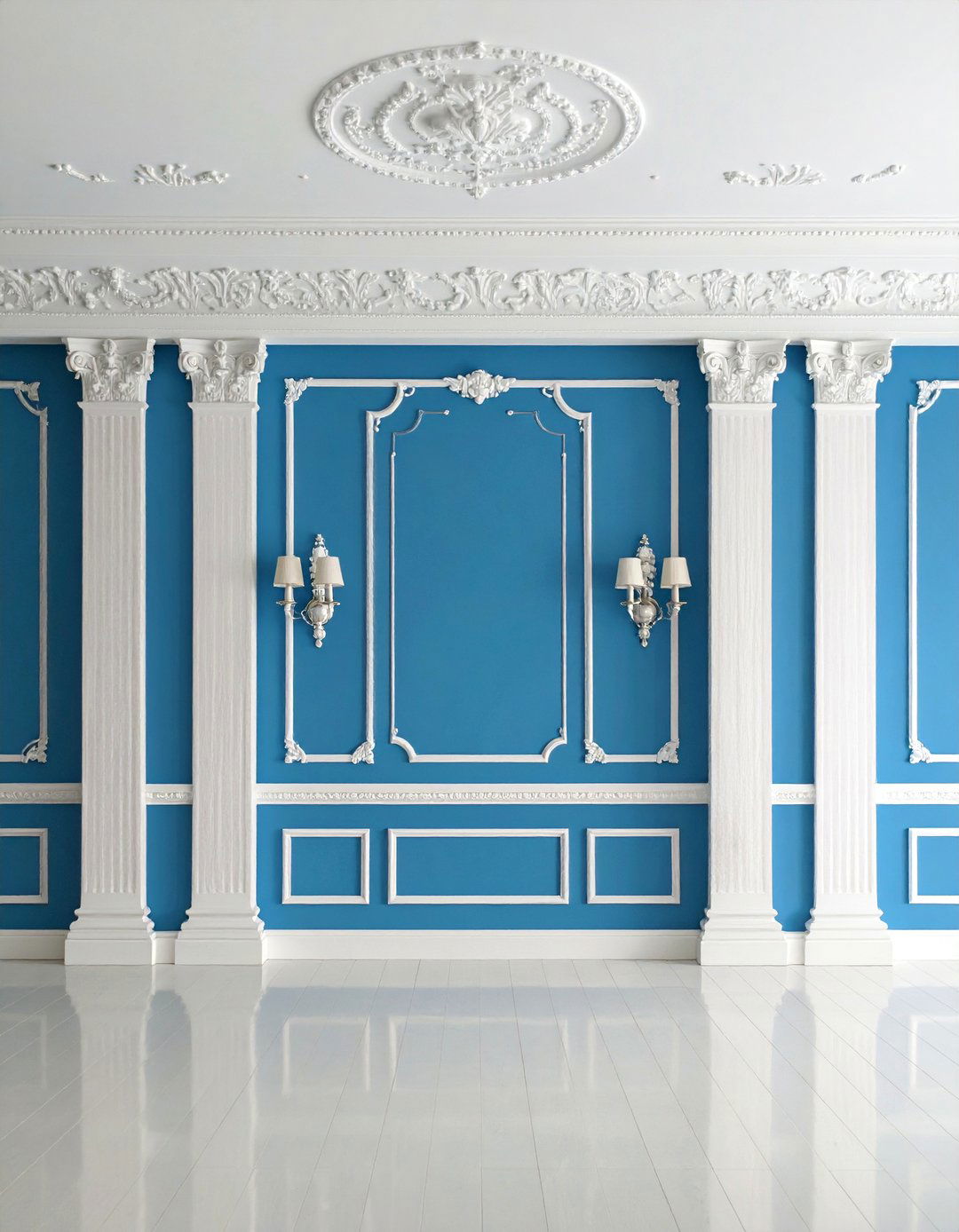
Greek Revival crown molding features classical architectural elements including acanthus leaf motifs, egg-and-dart patterns, and precise geometric details inspired by ancient Greek temples. These elaborate profiles work beautifully in neoclassical interiors where historical accuracy and formal elegance guide design decisions. Install substantial profiles with intricate carved details that create complex shadow patterns and demonstrate skilled craftsmanship. Choose traditional white painted finishes that highlight carved details while maintaining classical color schemes appropriate for formal dining rooms, libraries, and entrance halls in period-style homes.
25. Contemporary Cove Crown Molding
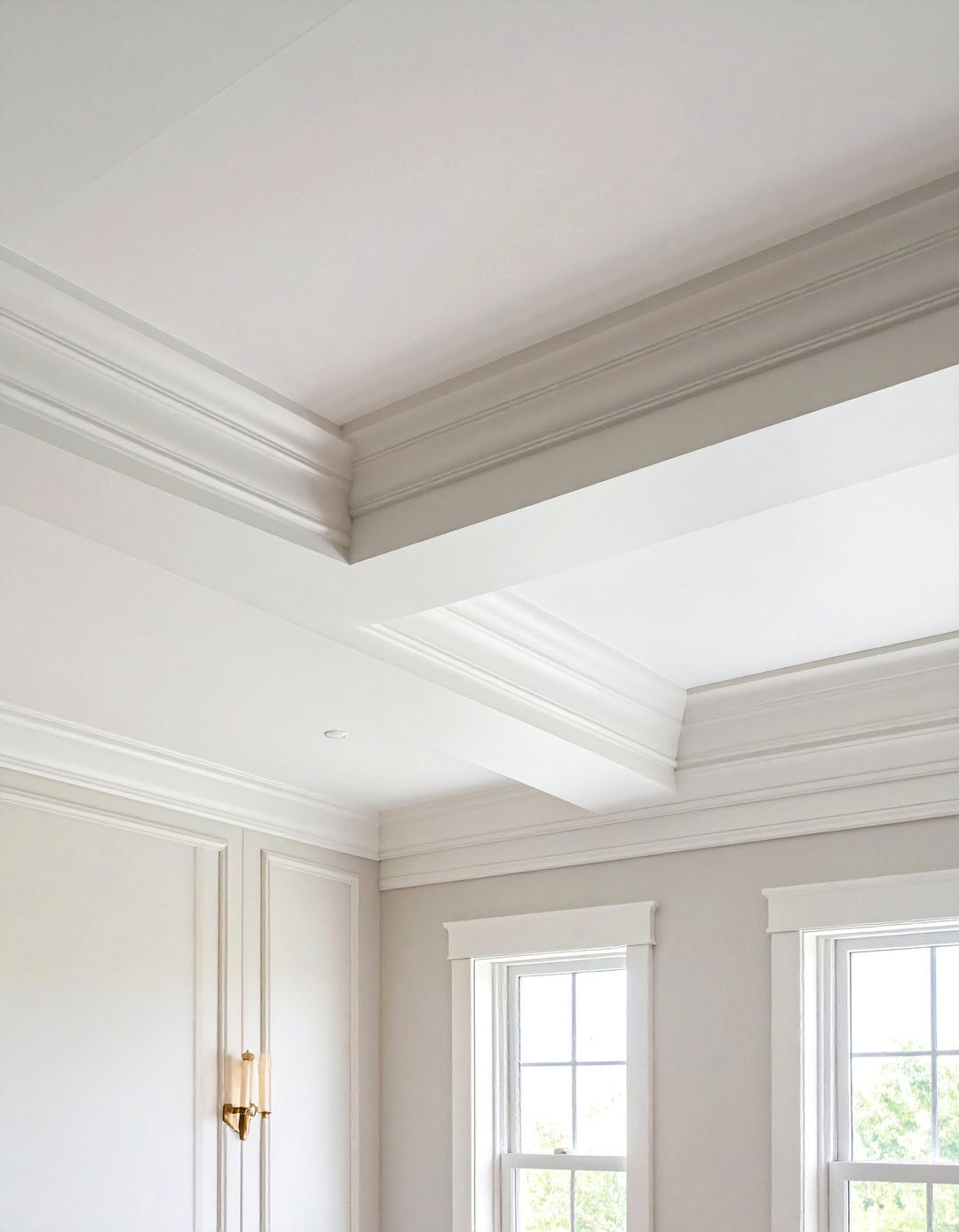
Cove crown molding features concave profiles that create soft ceiling transitions through curved rather than angular shapes. Simple cove designs work particularly well in contemporary and minimalist interiors where clean lines and understated elegance guide aesthetic decisions. The curved profile creates gentle shadow lines that add subtle architectural interest without overwhelming modern furnishings or competing with streamlined design elements. Install narrow cove profiles in spaces with standard ceiling heights, or choose wider versions for rooms with taller ceilings that can accommodate more substantial architectural details.
Conclusion:
Crown molding offers endless possibilities for enhancing interior architecture through carefully selected profiles, materials, and installation techniques. From traditional carved details that honor historical precedents to sleek contemporary designs that complement modern aesthetics, crown molding transforms ordinary spaces into sophisticated environments. Whether incorporating moisture-resistant materials in bathrooms, creating custom kitchen cabinet integration, or designing elaborate multi-piece build-ups for grand spaces, thoughtful crown molding selection elevates any home's architectural character and visual appeal.


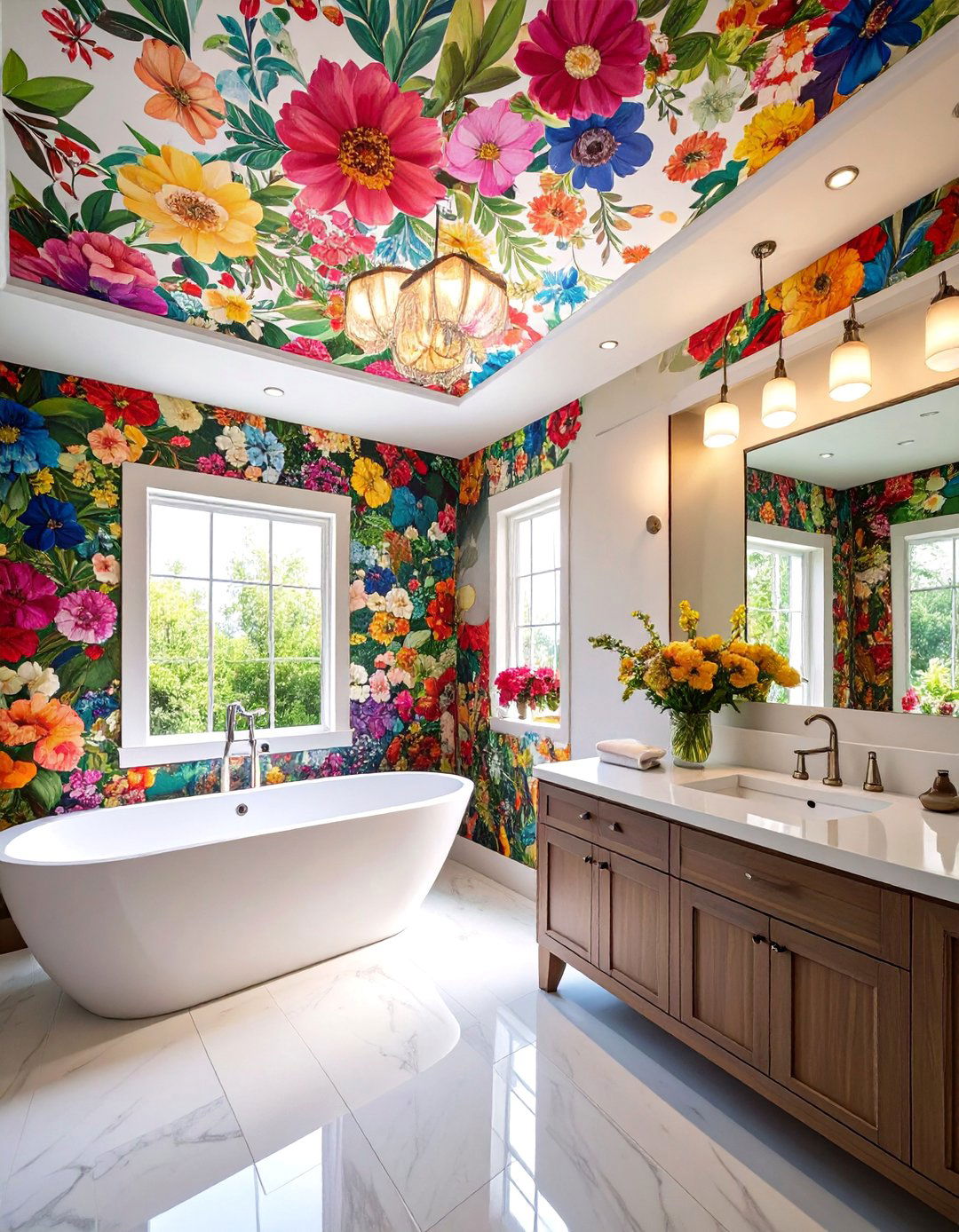

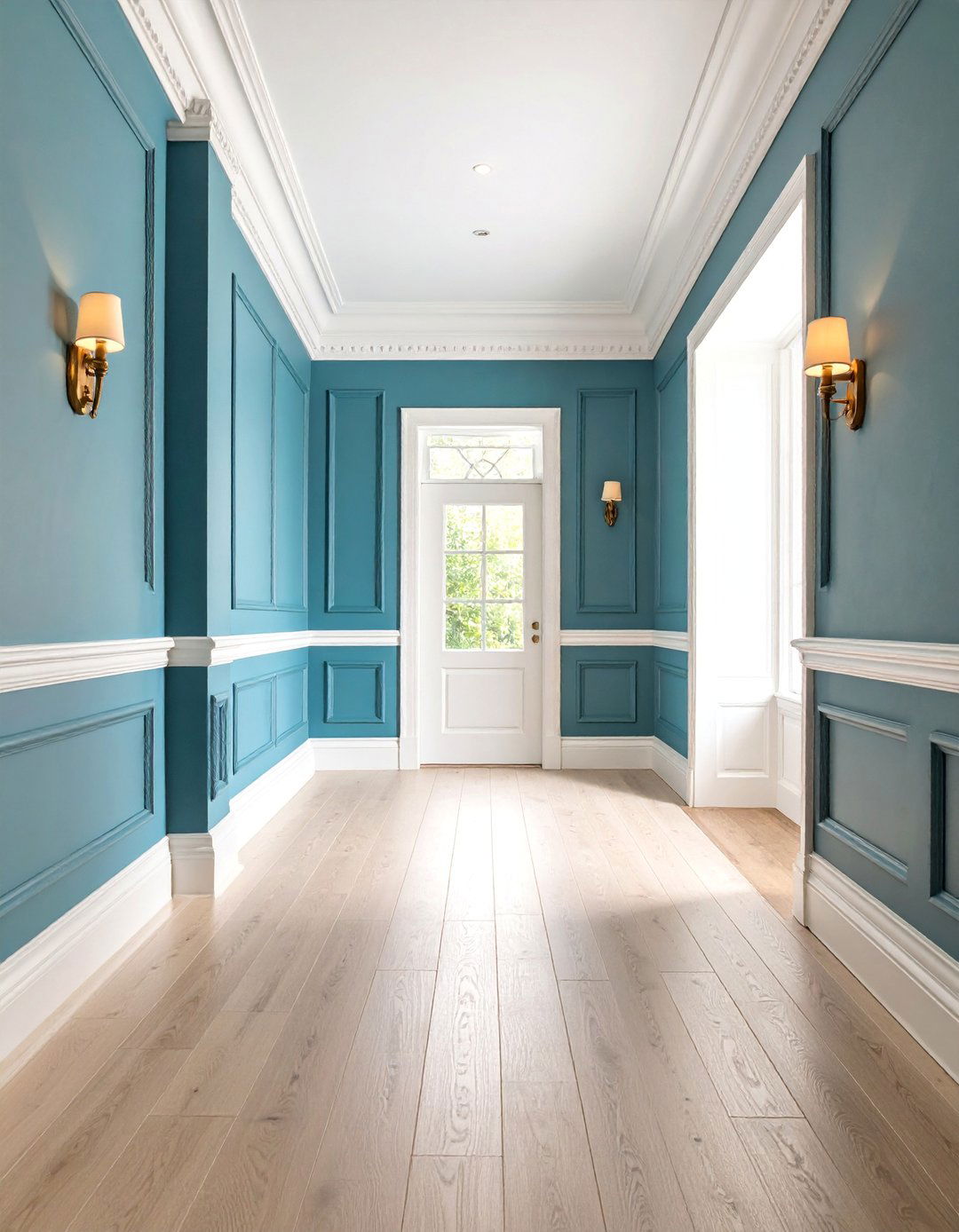








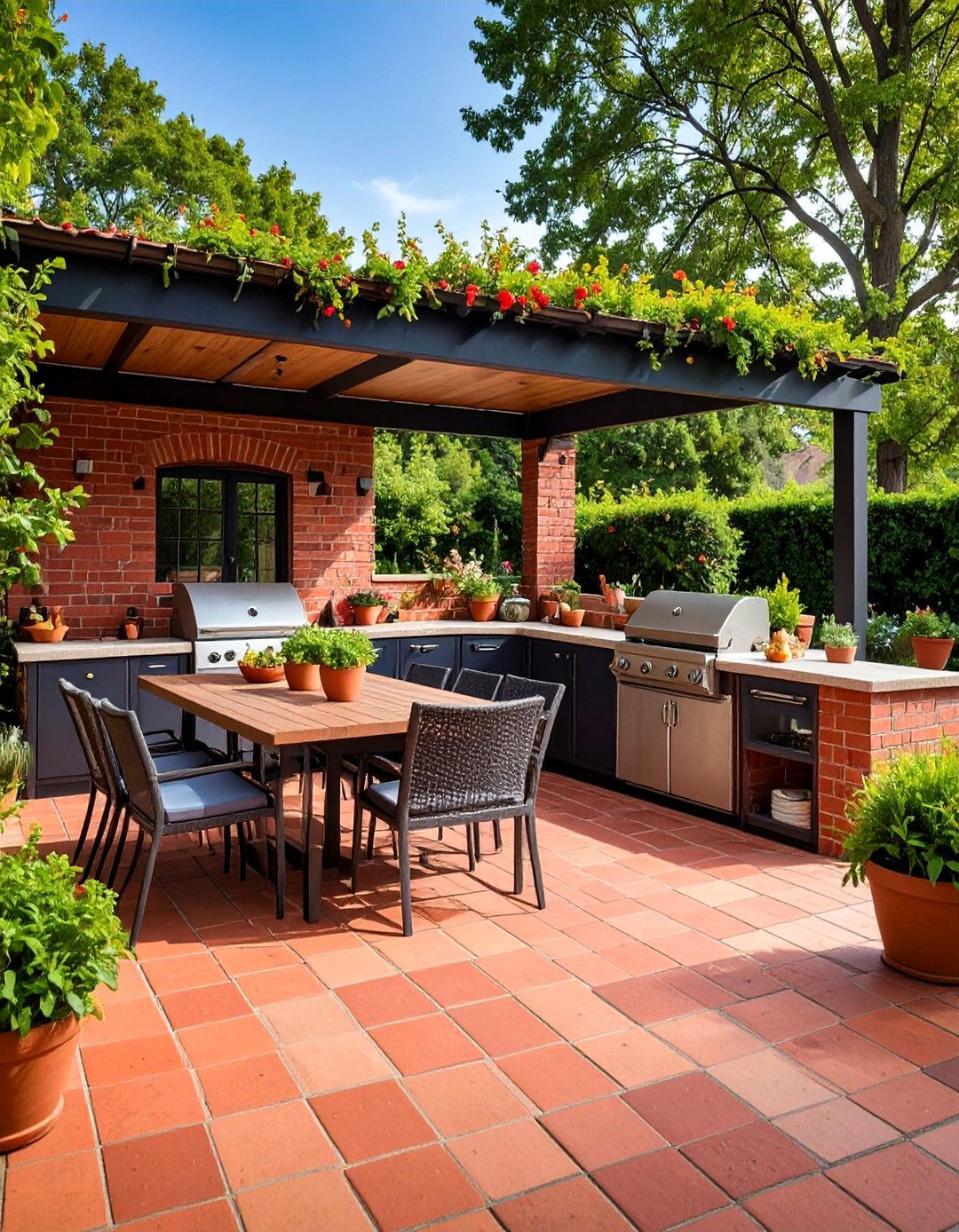
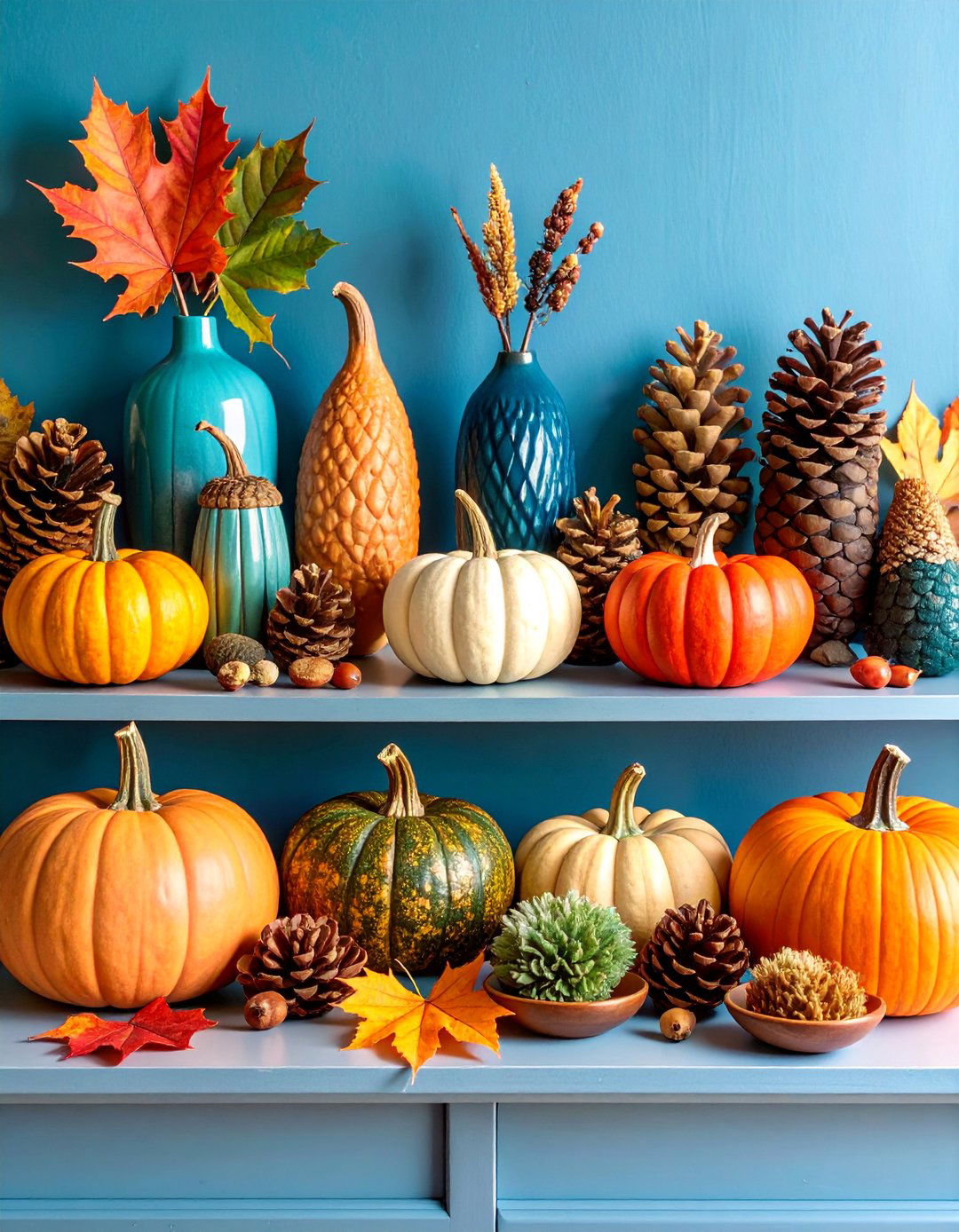

Leave a Reply